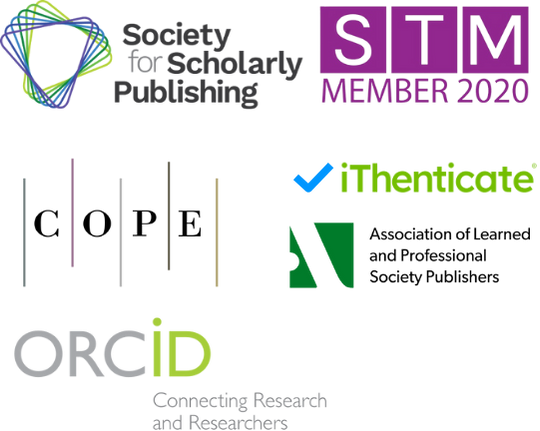Fraud Detection and Risk Assessment of Online Payment Transactions on E-Commerce Platforms Based on LLM and GCN Frameworks
DOI:
https://doi.org/10.71222/15dz2d22Keywords:
fraud detection, GPT-4o, GCN, LLM, unbalanced dataAbstract
With the rapid expansion of e-commerce, online payment fraud has become increasingly sophisticated, posing significant challenges to financial security and undermining consumer trust. Traditional detection methods often struggle to capture the intricate relational and behavioral patterns inherent in transactional data, limiting their effectiveness in highly imbalanced scenarios. This study introduces a novel fraud detection framework that integrates Large Language Models (LLMs) with Graph Convolutional Networks (GCNs) to enhance the identification of fraudulent activities in online payment systems. A dataset comprising 2,840,000 transactions was collected over a 14-day period from major e-commerce platforms, including Amazon, involving approximately 2,000 U.S.-based consumers and 30 merchants. Among these transactions, fewer than 6,000 were fraudulent, presenting a highly skewed class distribution that reflects real-world conditions. In this framework, consumers and merchants were represented as nodes, and transactions as edges, forming a heterogeneous graph that captures both direct and indirect interactions. A GCN was applied to this graph to learn complex structural and relational patterns, effectively modeling the interdependencies among participants. In parallel, semantic features were extracted from transaction metadata using GPT-4o and Tabformer, capturing textual and categorical information that complements the structural graph features. By fusing these semantic representations with graph-based features, the model can identify subtle and context-dependent indicators of fraudulent behavior that traditional methods may overlook. Experimental results demonstrate that the proposed framework achieves an overall accuracy of 0.98, with a balanced performance in terms of precision and sensitivity, highlighting its robustness in detecting rare fraudulent instances within a massive dataset. The integration of LLM-derived semantic features with graph structural information significantly improves detection efficacy compared with models relying solely on either approach. This hybrid approach offers a scalable, real-time solution for enhancing the security of online payment environments and provides a promising avenue for applying graph-based deep learning techniques in financial fraud prevention.
References
1. A. Ali, S. Abd Razak, S. H. Othman, T. A. E. Eisa, A. Al-Dhaqm, M. Nasser, and A. Saif, "Financial fraud detection based on machine learning: a systematic literature review," Applied Sciences, vol. 12, no. 19, p. 9637, 2022. doi: 10.3390/app12199637
2. Y. Alghofaili, A. Albattah, and M. A. Rassam, "A financial fraud detection model based on LSTM deep learning technique," Journal of Applied Security Research, vol. 15, no. 4, pp. 498-516, 2020. doi: 10.1080/19361610.2020.1815491
3. M. N. Ashtiani, and B. Raahemi, "Intelligent fraud detection in financial statements using machine learning and data mining: a systematic literature review," Ieee Access, vol. 10, pp. 72504-72525, 2021. doi: 10.1109/access.2021.3096799
4. J. I. Z. Chen, and K. L. Lai, "Deep convolution neural network model for credit-card fraud detection and alert," Journal of Artificial Intelligence, vol. 3, no. 02, pp. 101-112, 2021.
5. Y. Cheng, J. Guo, S. Long, Y. Wu, M. Sun, and R. Zhang, "Advanced financial fraud detection using GNN-CL model," In 2024 International Conference on Computers, Information Processing and Advanced Education (CIPAE), August, 2024, pp. 453-460. doi: 10.1109/cipae64326.2024.00088
6. A. Kesharwani, and P. Shukla, "FFDM GNN: A Financial Fraud Detection Model using Graph Neural Network," In 2024 International Conference on Computing, Sciences and Communications (ICCSC), October, 2024, pp. 1-6.
7. I. Padhi, Y. Schiff, I. Melnyk, M. Rigotti, Y. Mroueh, P. Dognin, and E. Altman, "Tabular transformers for modeling multivariate time series," In ICASSP 2021-2021 IEEE International Conference on Acoustics, Speech and Signal Processing (ICASSP), June, 2021, pp. 3565-3569. doi: 10.1109/icassp39728.2021.9414142
8. G. Liu, J. Tang, Y. Tian, and J. Wang, "Graph neural network for credit card fraud detection," In 2021 International Conference on Cyber-Physical Social Intelligence (ICCSI), December, 2021, pp. 1-6. doi: 10.1109/iccsi53130.2021.9736204
Downloads
Published
Issue
Section
License
Copyright (c) 2025 Ruihan Luo, Nanxi Wang, Xiaotong Zhu (Author)

This work is licensed under a Creative Commons Attribution 4.0 International License.


